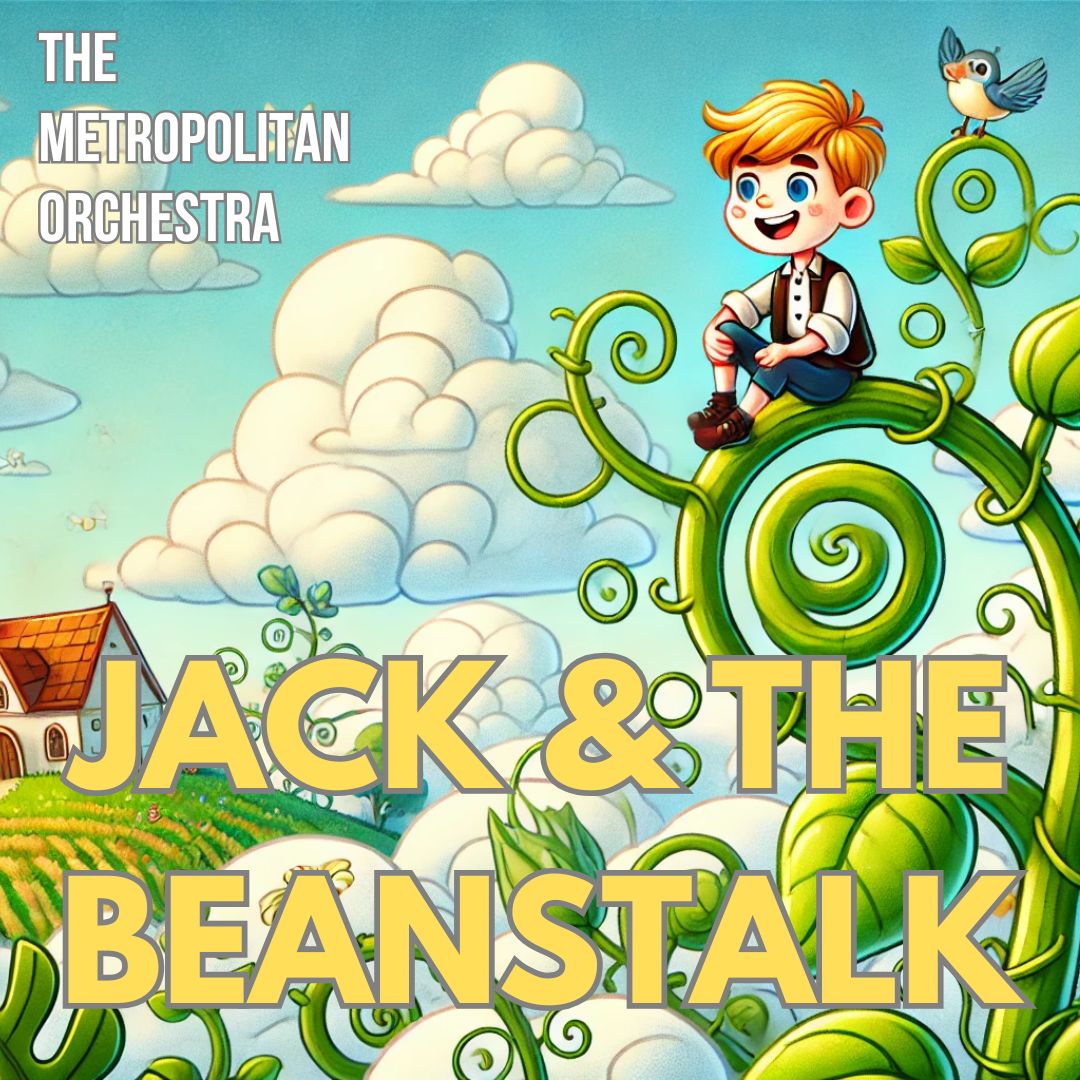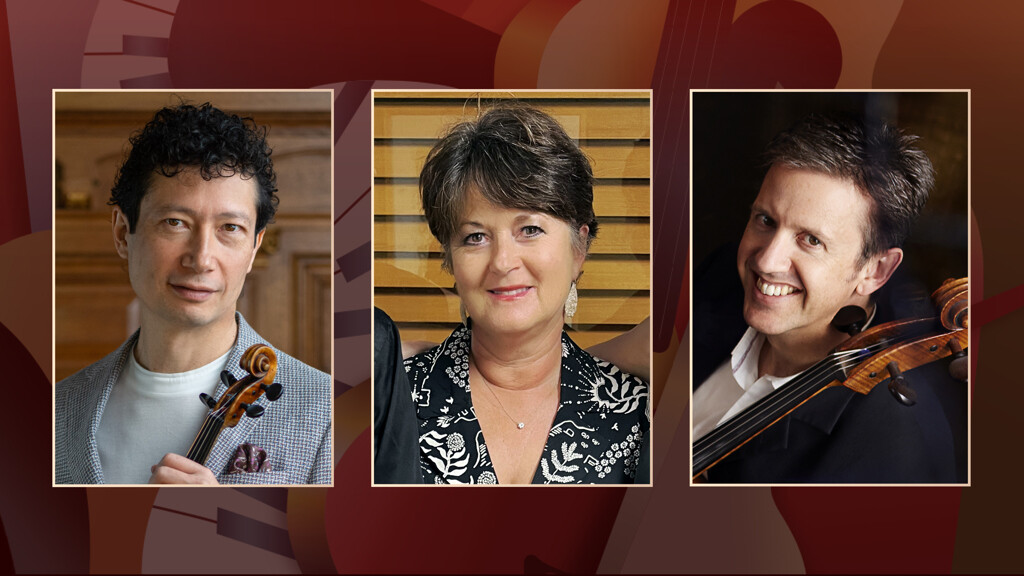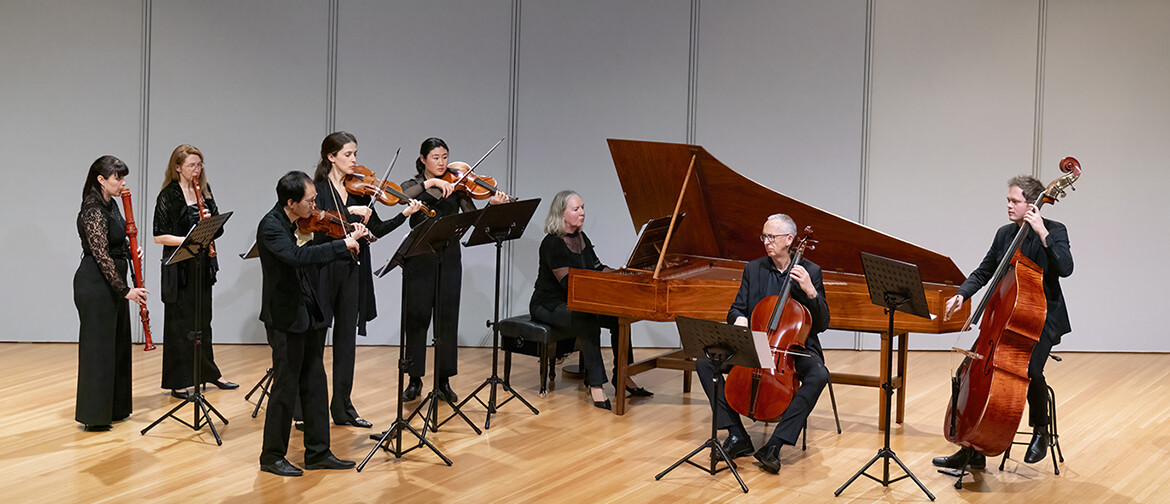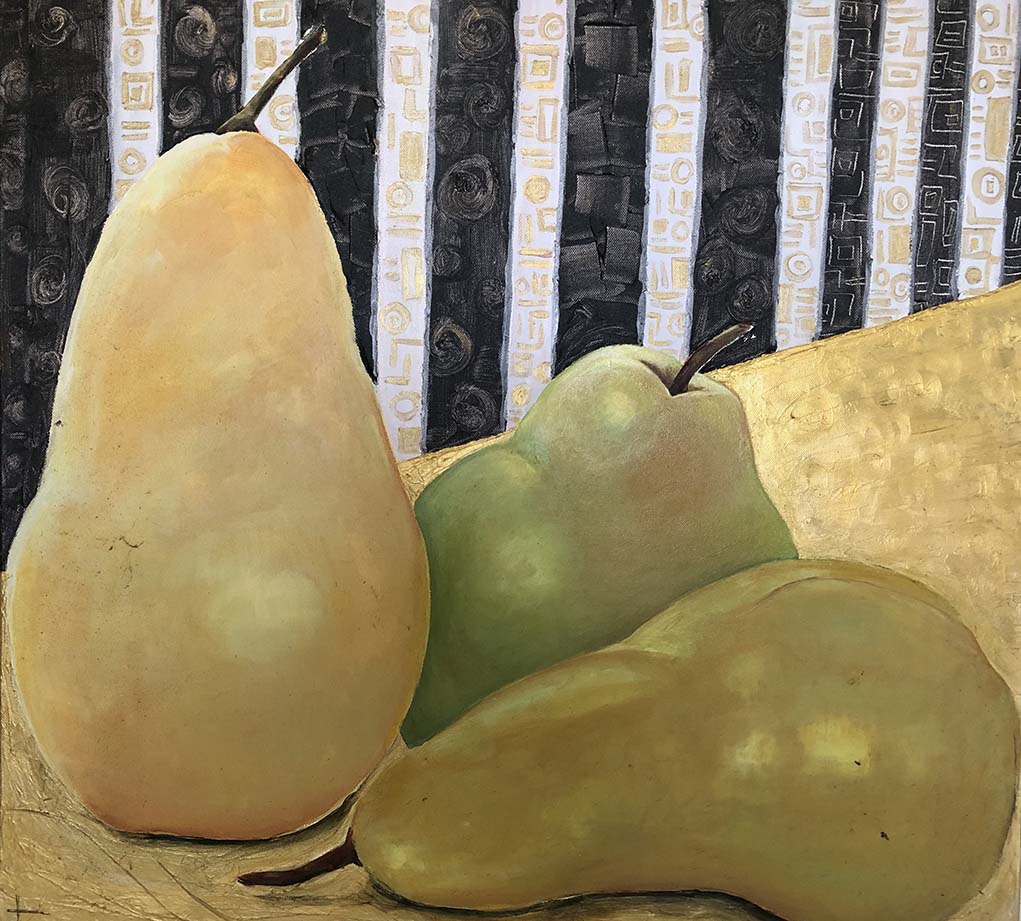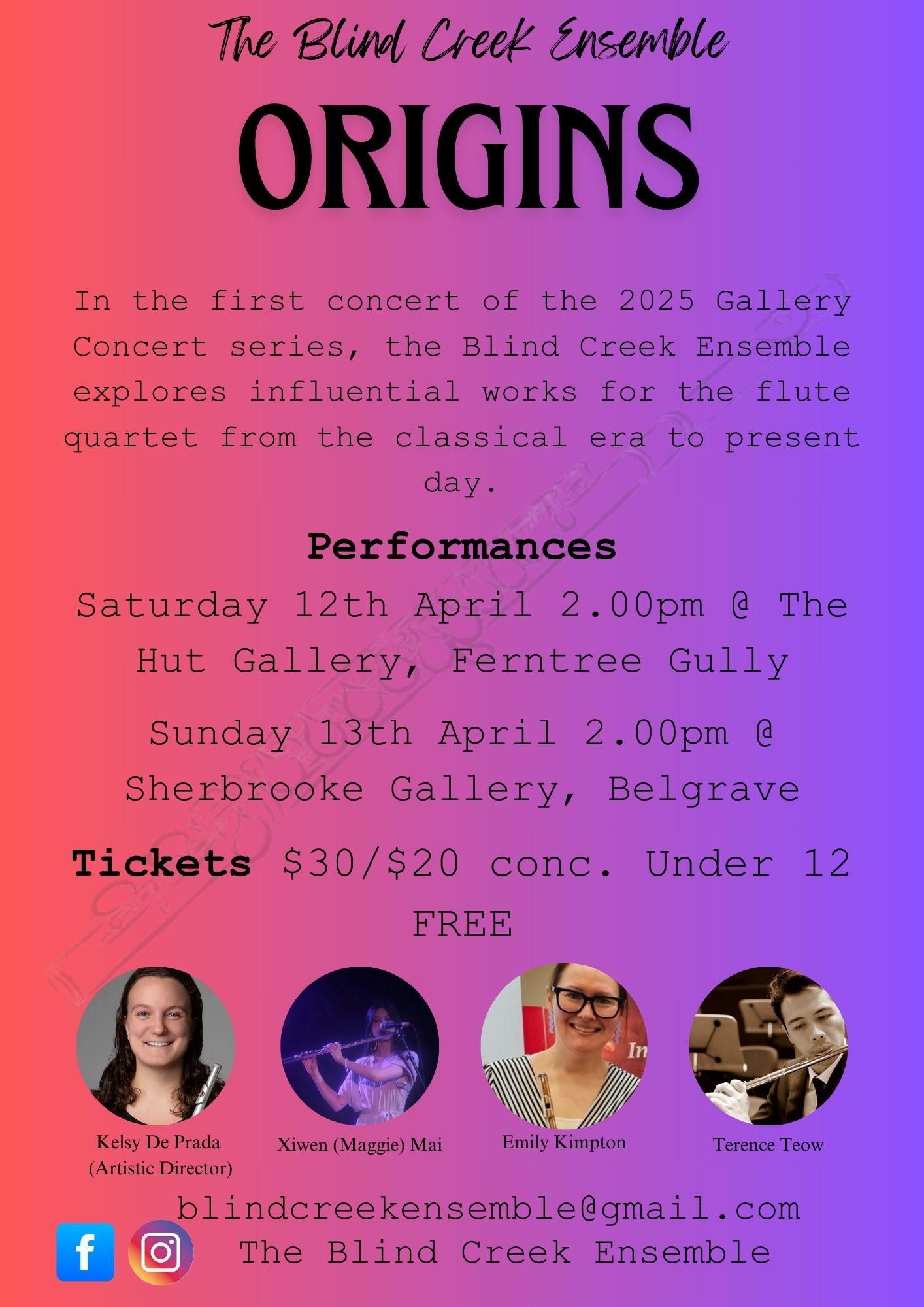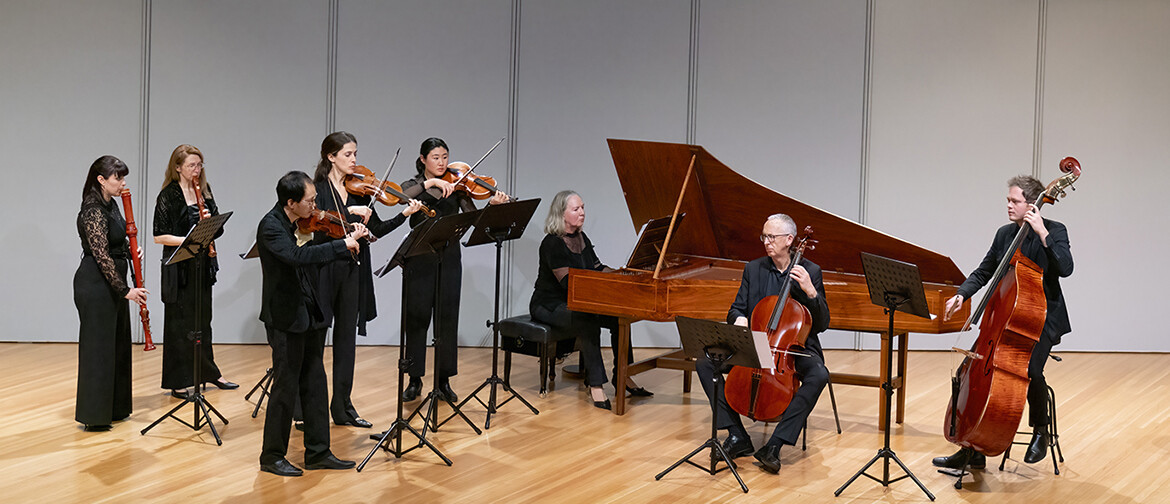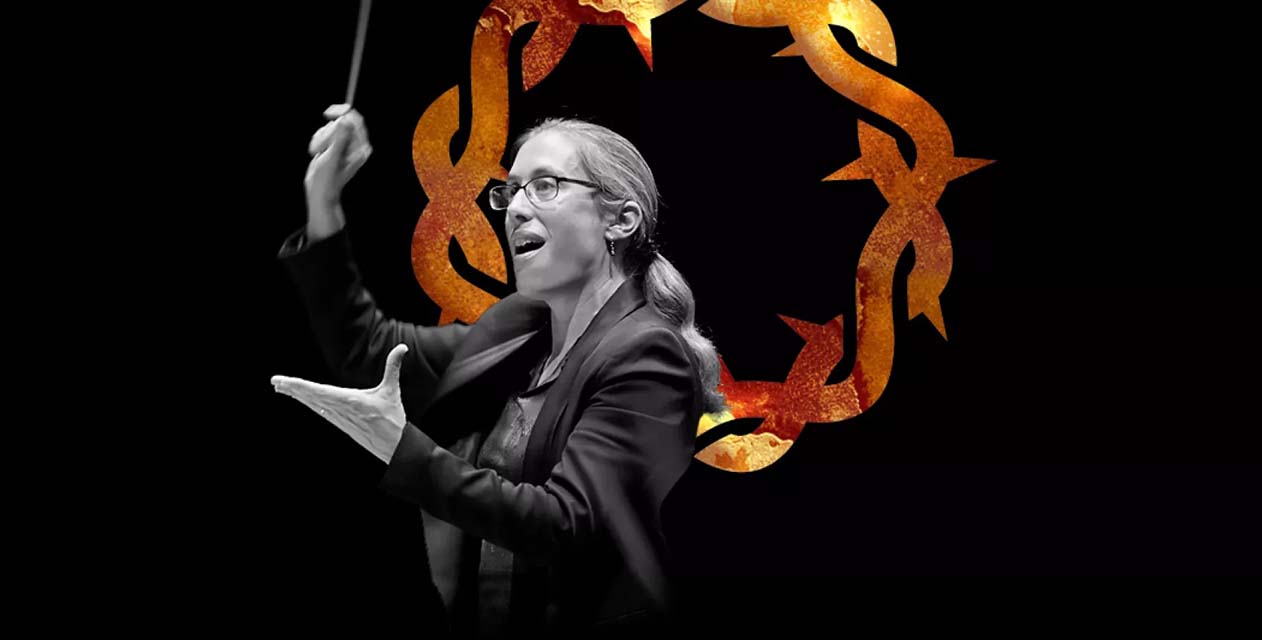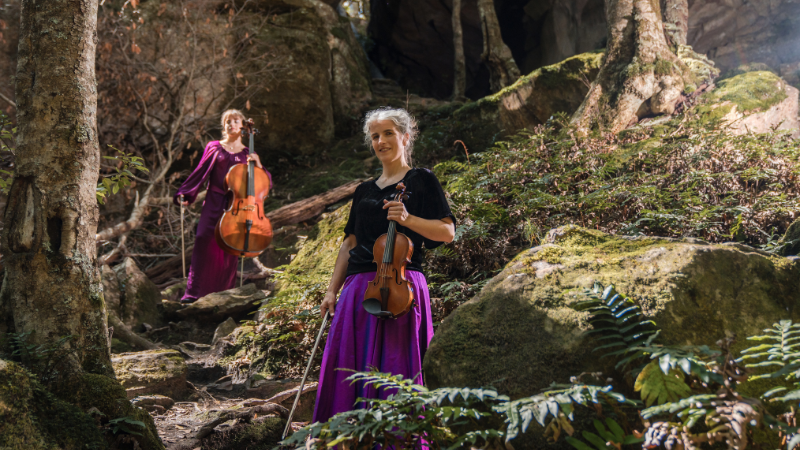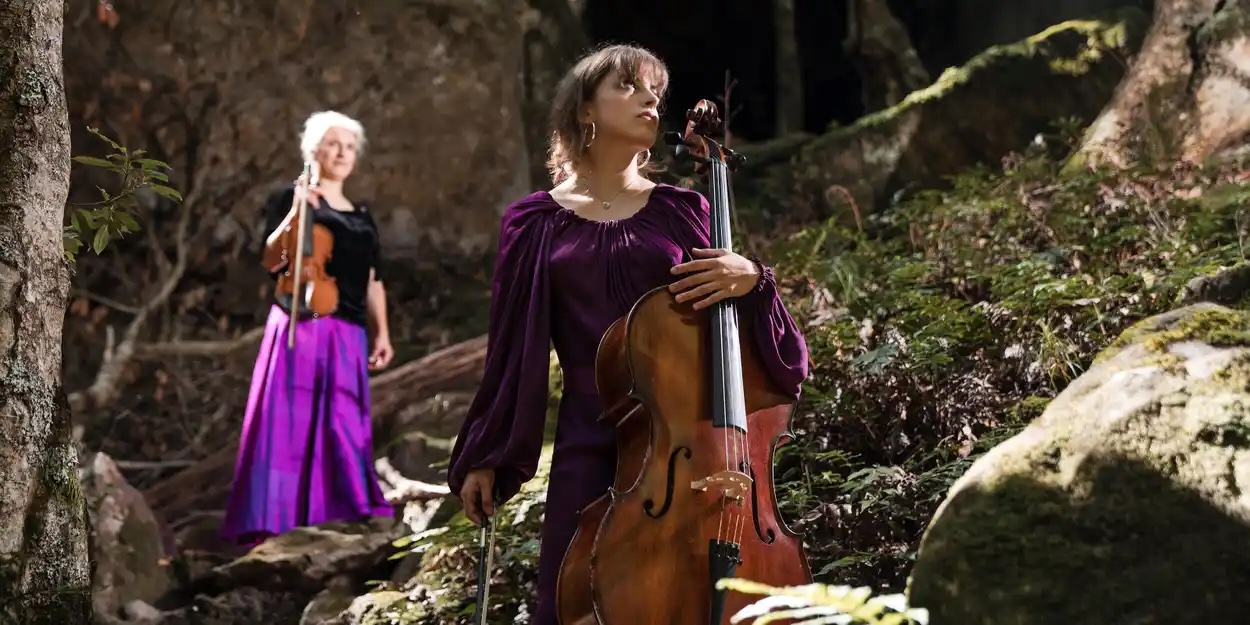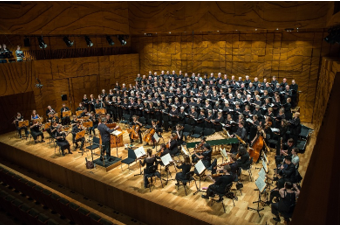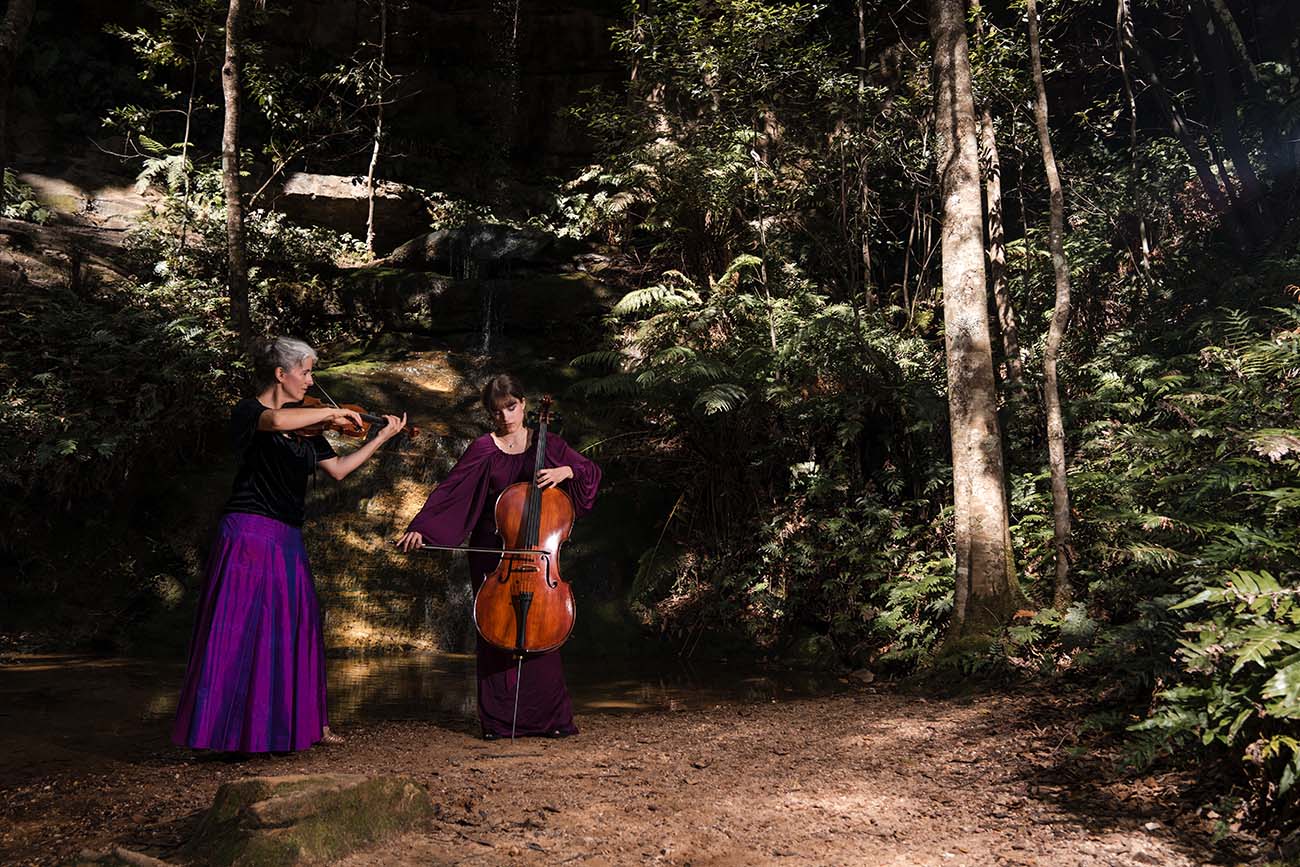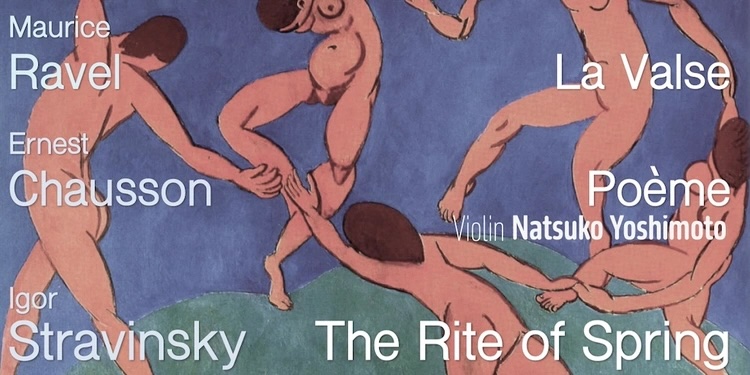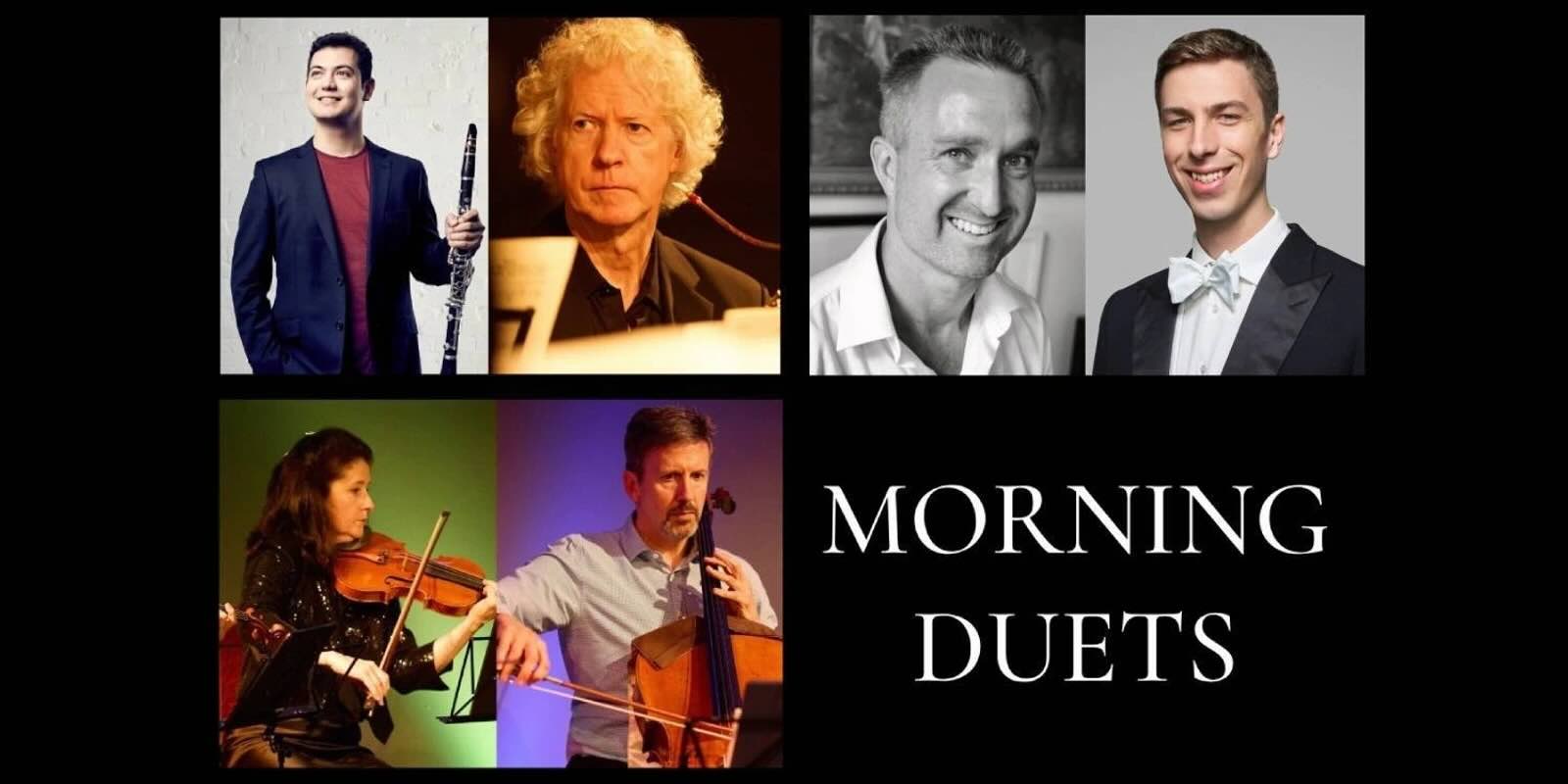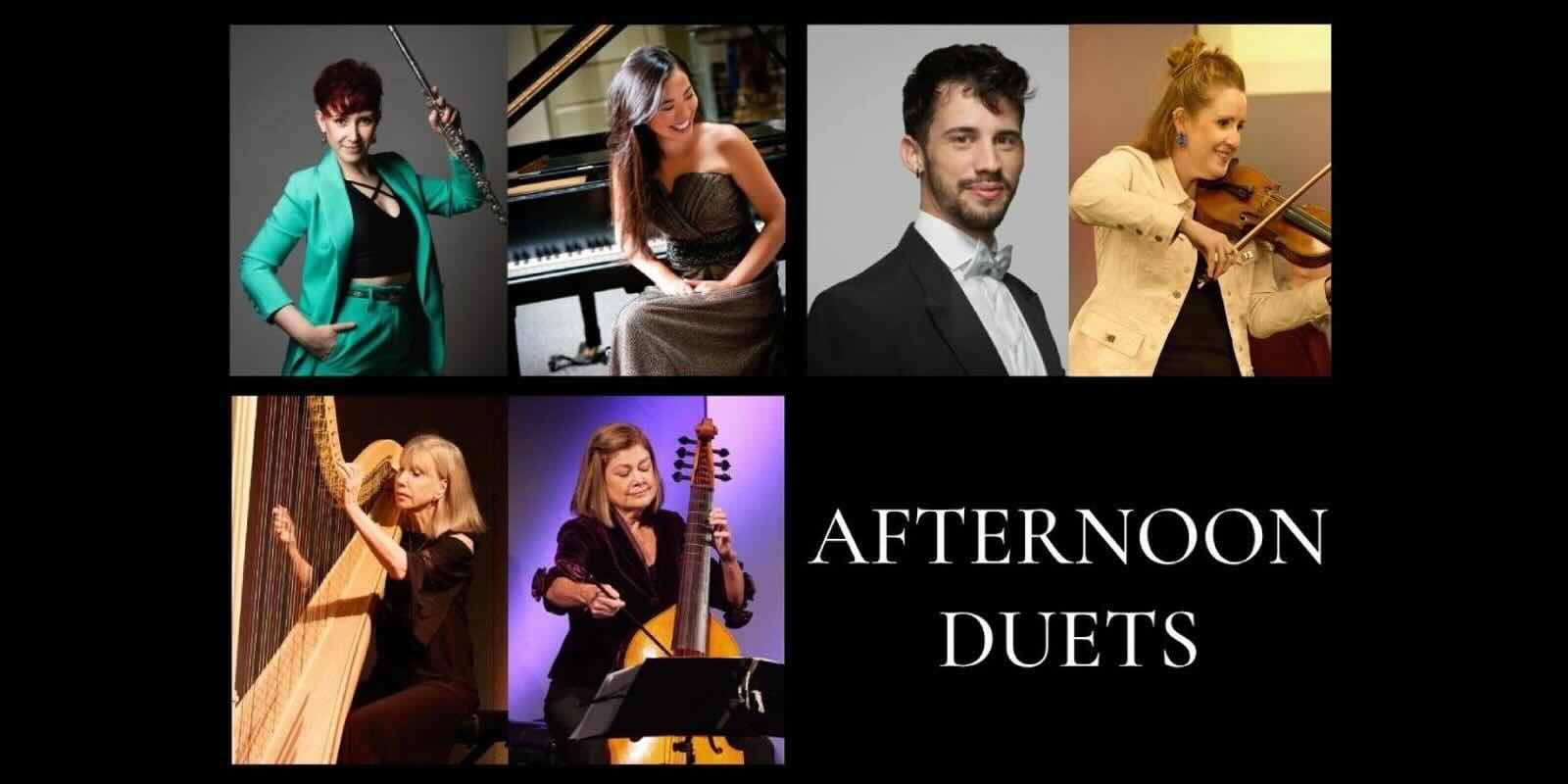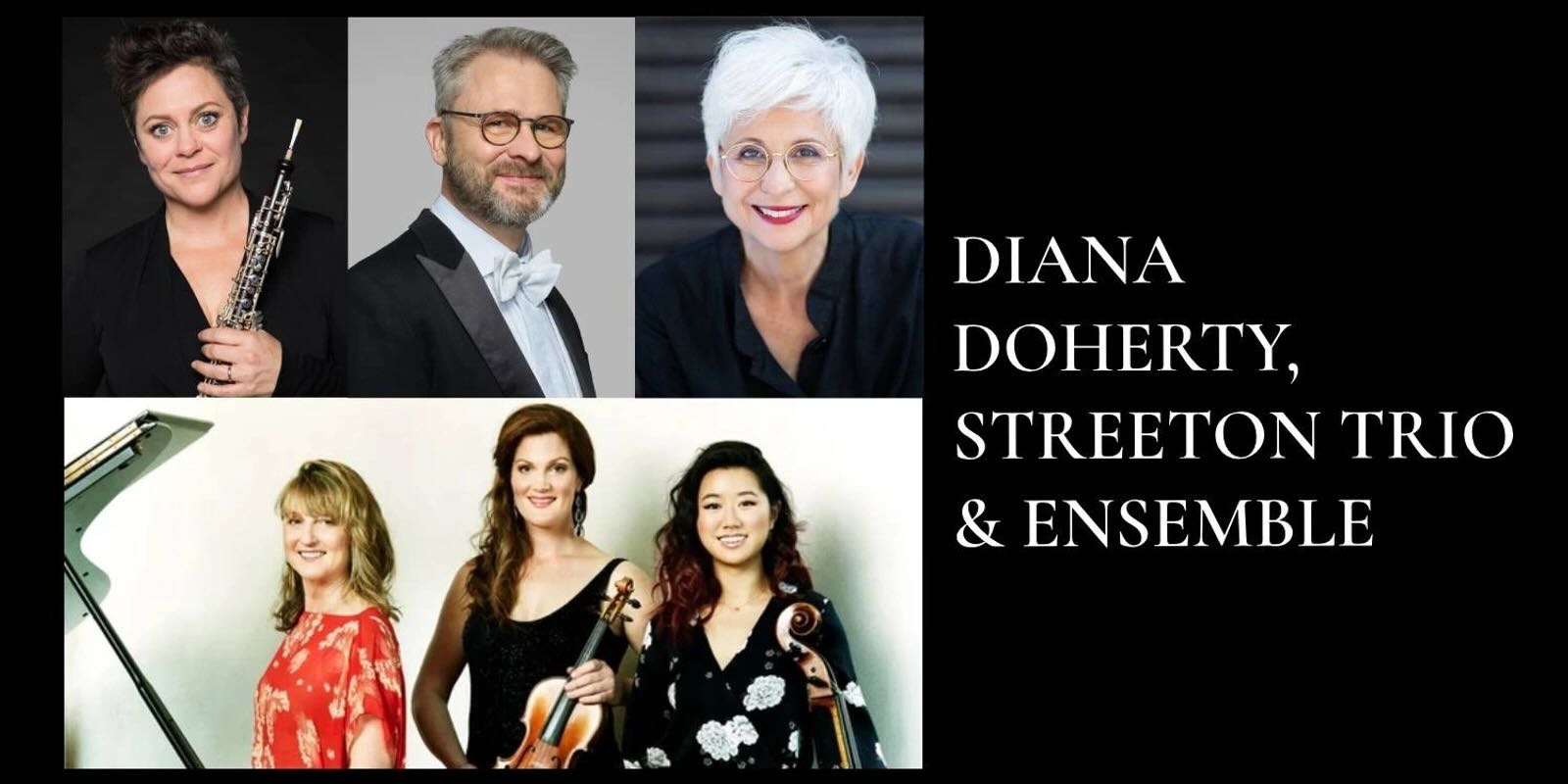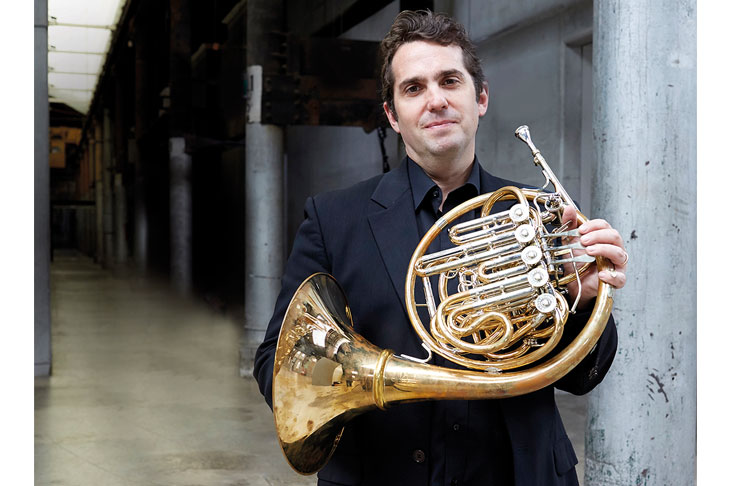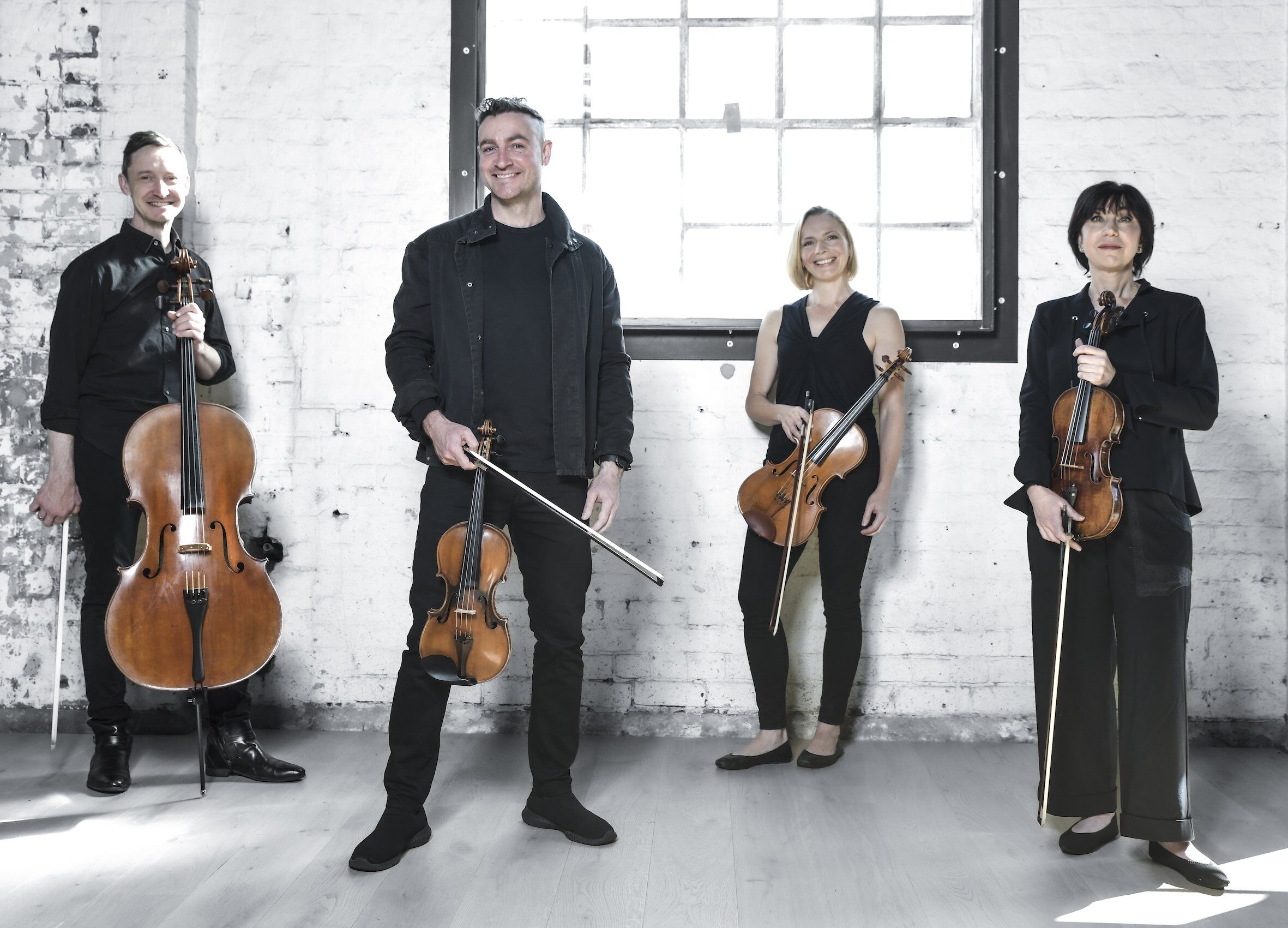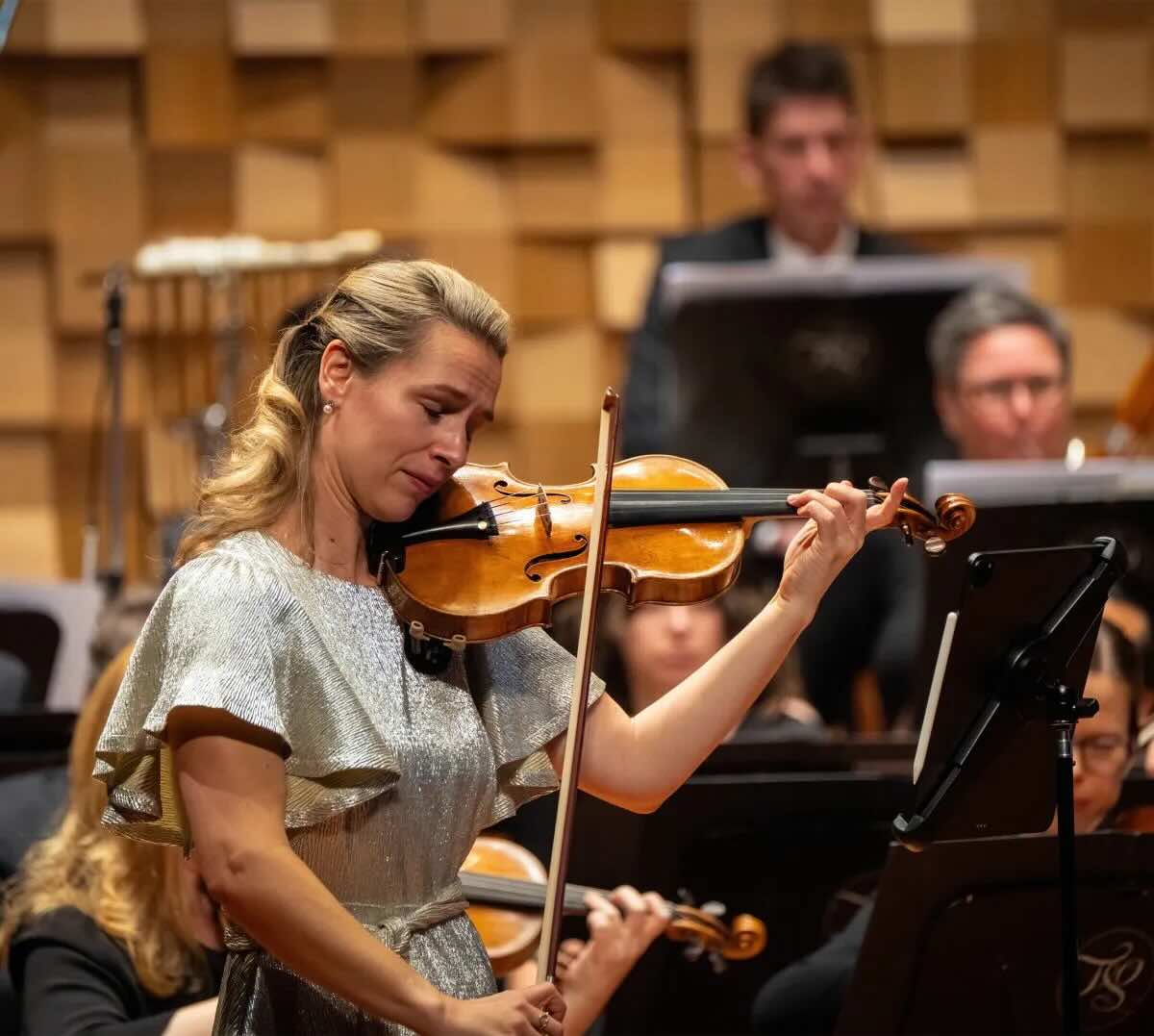Sydney Symphony Orchestra | International Pianists in Recital: Lise de la Salle
8 April 2025, City Recital Hall, Sydney, NSW
PROGRAM
Chopin: Ballade No.1 in G minor, Op.23
Liszt: Sonata in B minor, S178
Chopin: Ballade No.4 in F minor, Op.52
Liszt: Cantique d’amour from Harmonies poétiques et religieuses, S173
Liszt: Reminiscences of Don Juan, S41
The French pianist Lise de la Salle is in Sydney to play Mozart’s Piano Concerto No 19 with the Sydney Symphony Orchestra in the Opera House later this week. Happily the SSO has also provided this opportunity for her to perform a solo recital of Chopin and Liszt at Angel Place.
She decided to play the second half of the program (as above) first, and the first two pieces after interval. This was a wise move as the Sonata is a work of more gravity and depth than the other Liszt pieces.

The name Ballade suggests a story, but the narrative in Chopin’s Ballade No.4 is a musical one rather than suggesting a programmatic meaning. The “characters” here are the themes and the narrative is the development of the thematic material through the chromaticism and surprising harmonic shifts. It is a difficult work demanding great dexterity and control of complex hand positions. De la Salle played the rapid figurations and complex chords with technical precision, and with emotional mastery of the rubatos and large dynamic fluctuations.
The title of Liszt’s Cantique d’amour suggests a tenderness and longing and de la Salle certainly brought this out; her playing was emotional and expressive. Of course Liszt being Liszt, cannot help himself and the piece develops into sweeping dramatic phrases, flourishes and an emotional climax; the sort of incandescent love that erupts like a volcano. Stand back! Wonderfully played of course.
Liszt’s Reminiscences of Don Juan is a paraphrase on Mozart’s opera Don Giovanni, the libertine seducer who is in the end dragged down to hell. The opening of the work does not directly quote the overture of the opera, but de la Salle certainly matched the dark drama thereof. After this, there is a more literal quotation of the main melody of the aria Là ci darem la mano where Giovanni attempts to seduce the young Zerlina, but Liszt, again unable to help himself, develops Mozart’s innocent melody into a rhapsodic and lyrical revery. The other aria that Liszt includes is Fin ch’han dal vino, known as the “Champagne Aria” which shows Giovanni’s devil-may-care attitude to life. De la Salle captured the hedonistic character with sparkling ornamentation and florid runs. The remainder of the work deals with the appearance of the ghostly statue of the Commendatore whom Don Giovanni had murdered; the father of a woman he ravaged, and the subsequent dragging of Don Giovanni down to hell. Again de la Salle evokes the frightful depth and dark foreboding of Liszt’s music with its strong pounding figurations on the piano.

Chopin’s Ballade No.1 is again what seems like a free ranging piece, but in many ways it is structured like the classical sonata form. After the stormy introduction de la Salle played the passionate first theme (subject) with a brooding but lyrical menace. In the second theme, de la Salle achieved a delicate lyrical quality without loss of intensity. The middle section functions as a development and the pianist built the urgency through Liszt’s wild shifts in tonality and mood. The last section is again based on both subjects but with greater intensity and De la Salle played the rhapsodic runs and thundering dramatic climaxes beautifully, leading to a thrilling conclusion.
Although conceived as a single movement Liszt’s Sonata in B minor is his most monumental work and considered by many to be amongst the greatest sonatas for solo piano. The slow brooding theme in the bass which opens the piece quickly develops into a sweeping melody in the upper range. The second theme gives some repose to the tension, which (of course) increases and intensifies during the following development section, even introducing a furious fugue. In the final section of the work the main themes return, but here the second theme is presented in a grand and strong rendition by de la Salle.
Lise de la Salle’s playing is ever self assured, virtuosic and full of strength. She is completely in technical and emotional control of the material. What a performance!






